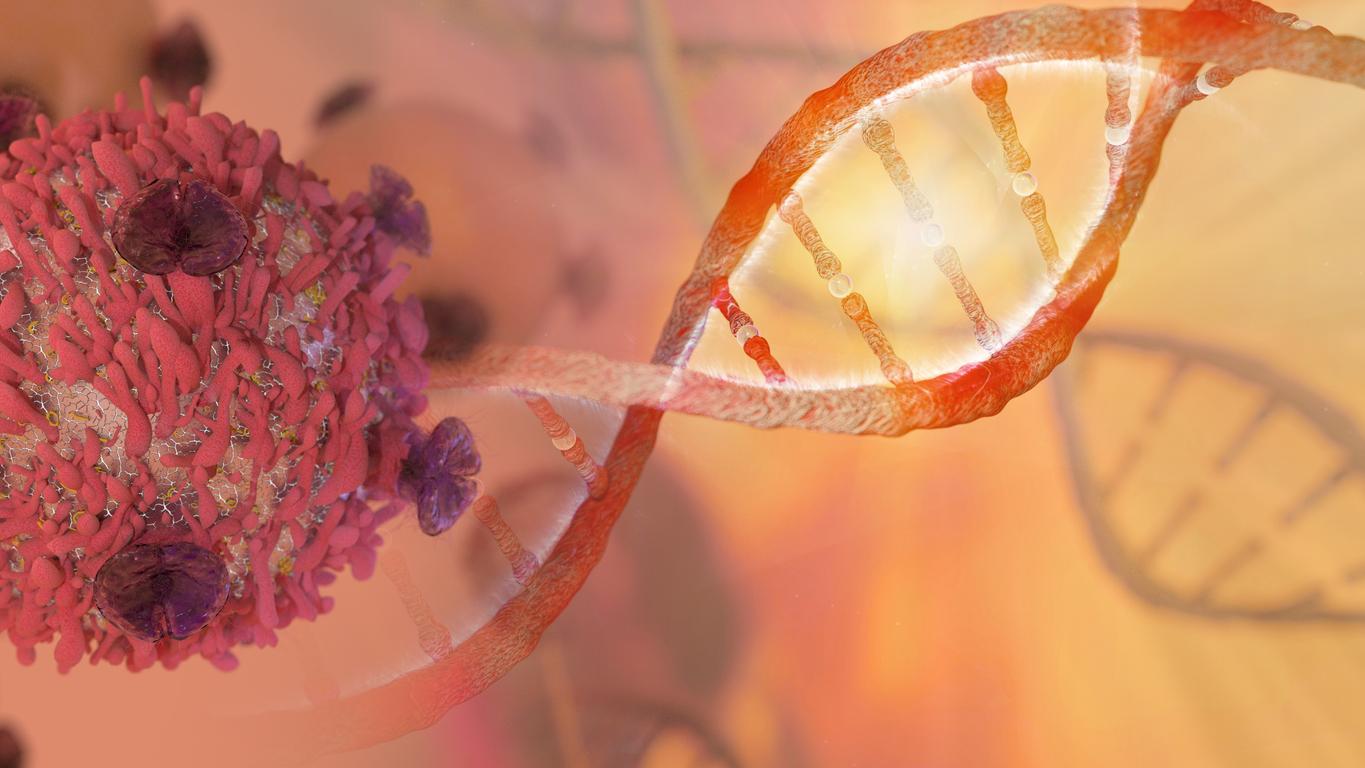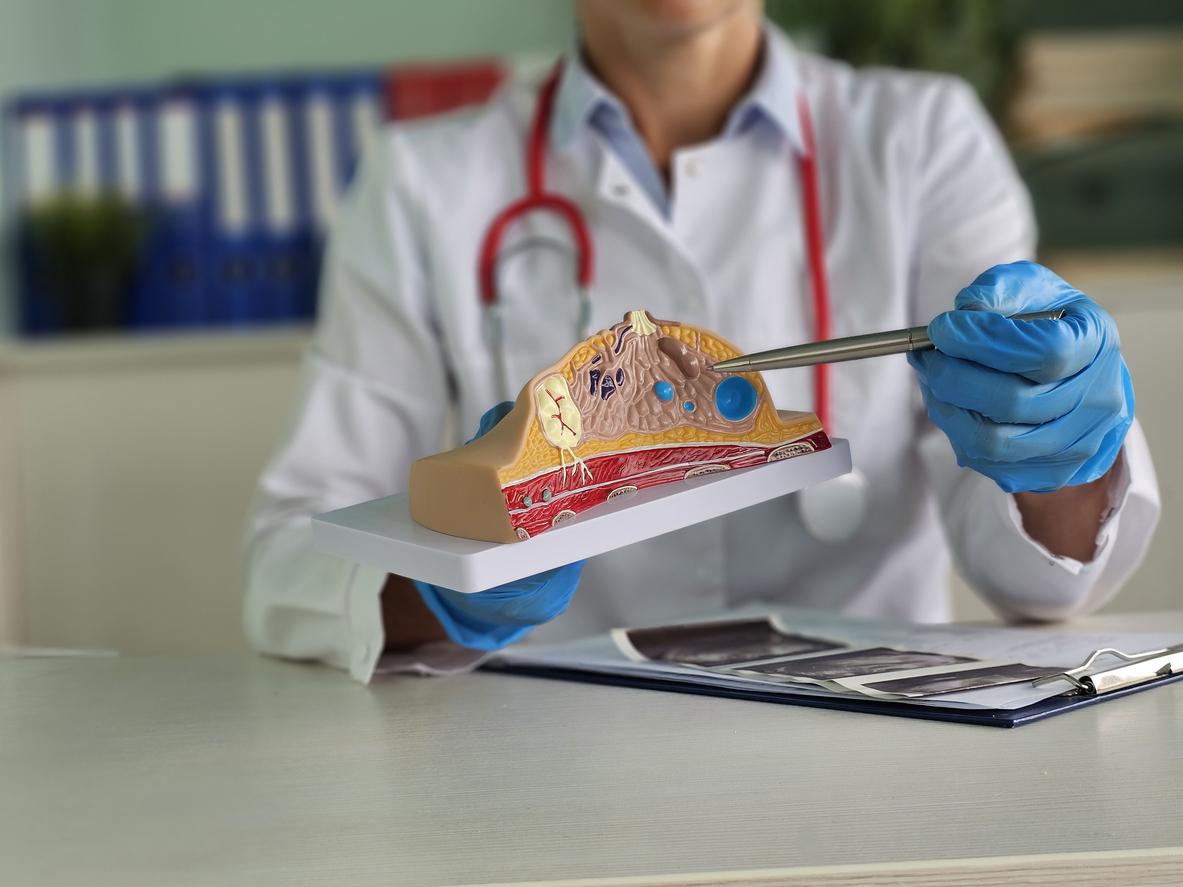French researchers from the Institut Galien-Paris Saclay have recently developed a new subcutaneous injection protocol to treat cancers. A medical advance that could replace intravenous chemotherapy.

- A doctor may offer chemotherapy in three situations: before surgery, after complete tumor surgery, and to treat metastases.
- Chemotherapy can be given intravenously or as a tablet taken by mouth.
Chemotherapy is one of the treatments that can be offered in case of cancer. It is based on the use of drugs injected intravenously or taken orally which aim to eliminate cancerous cells. This treatment intervenes by destroying them directly or by preventing them from multiplying within the organism.
However, many constraints are associated with intravenous chemotherapy. In particular, patients must visit the hospital regularly to receive the treatment. This technique can also cause many side effects such as nausea, vomiting, severe fatigue or diarrhea.
The combination of an anti-cancer molecule and a polymer
Another alternative exists to intravenous chemotherapy: subcutaneous injection. However, the majority of anti-cancer drugs are too aggressive and tend to stagnate in the subcutaneous tissue. The the presence of these active principles under the skin therefore promotes the appearance of necrosis due to their high toxicity.
It is to respond to this problem that French researchers from the Institut Galien-Paris Saclay have developed a new subcutaneous injection protocol. The results of their work have been published in the Journal of the American Chemical Society.
During this research, the scientists associated paclitaxel also called Taxol, an anti-cancer molecule, with a polymer. The objective of this method is to make the molecule soluble and inactive in order to prevent it from being toxic when injected under the skin. This technique is known as pro-drug.
Subcutaneous injection “has the same anti-cancer efficacy”
The study gave promising initial results in tests carried out on mice. Subcutaneous injection “has the same anti-cancer efficacy as Taxol which is injected intravenously. This suggests that we are already managing to transpose intravenous chemotherapy to subcutaneous chemotherapy”said Julien Nicolas, lead author of the study and CNRS research director at the Institut Galien-Paris Saclay, to French Culture. Before adding: “OWe all know that traditional chemotherapies like Taxol cause side effects so the doses administered are generally quite limited, but in our case the fact of linking paclitaxel to the polymer will allow them to be greatly reduced. We were therefore able to increase the doses and obtain better anti-cancer efficacy than the Taxol which is always injected intravenously.”
In humans, the subcutaneous injection will be performed with a syringe by making a simple skin fold of the skin with the fingers. In the future, patients will therefore be able to administer their treatment at home. However, this technique must prove its effectiveness in humans. The authors of the study hope to be able to start a clinical trial in 2024.

















